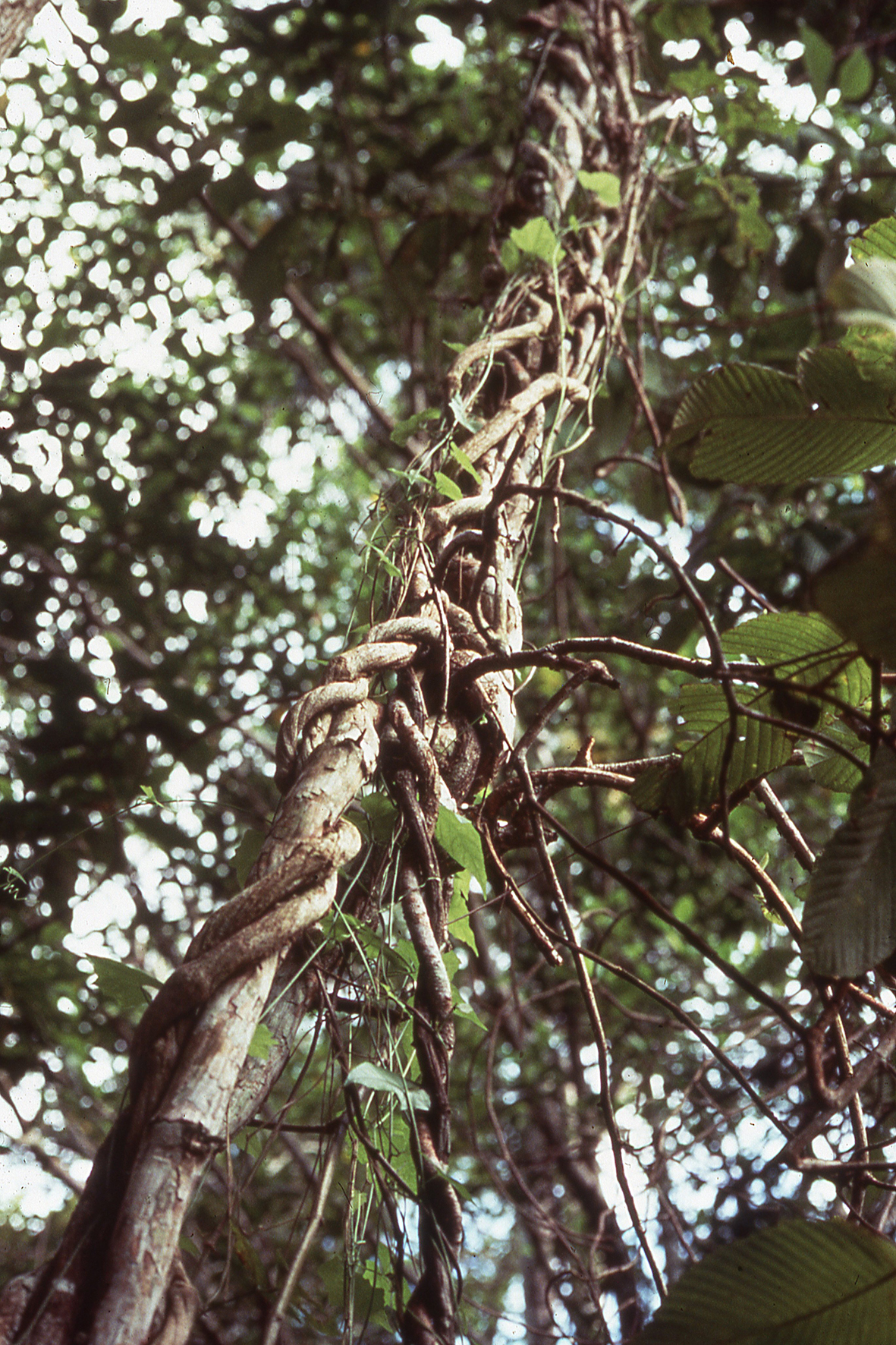Spending $1.50 per hectare to prune climbing vines from the world’s selectively logged forests could remove 800 million metric tons of carbon dioxide from the atmosphere over 30 years, according to new research.
University of the Sunshine Coast Professor Jack (Francis) Putz is so buoyed by the finding that he and nine international co-authors have called for all countries with tropical forests – including Australia – to include the simple practice in their national carbon policies.
“If we are to scale natural climate solutions at the pace needed to avoid a global climate catastrophe, we need effective, low-cost, no-regrets practices that can be implemented immediately,” said the Professor of Forest Ecology and Management who recently joined UniSC to continue his work.
“This research shows why we should cut lianas (woody climbing vines) and suggests how government and private landowners can do it, to achieve benefits for the environment and the economy via the timber industry.
“Widespread adoption of liana removal is more likely if it is incorporated into national carbon policy frameworks.”
Professor Putz was senior author on a paper published on the research in Forest Ecology and Management with his previous University of Florida, as well as The Nature Conservancy, Conservation International, Eastwood Forests in the United States and Science for Sustainability in Central America.
“Lianas are great in some ways, but they compete with trees and other vegetation for sunlight,” he said.
“Liana infestations affect a quarter of the world’s one billion hectares of selectively logged forest, primarily in the tropics, and this is intensifying with human interventions and climate change.
“Our research found that cutting lianas from a minimal number of trees destined for harvest – just five trees per hectare – would increase carbon sequestration and contribute to timber yields to improve local livelihoods.
“Forest managers with access to voluntary carbon markets could also diversify their incomes.
“With the cost of the treatment estimated at less than $USD1 per tonne of CO2, it’s an attractive opportunity for countries to both meet their climate action goals and – given current carbon market prices of $10-20 per tonne of CO2 – boost the economic potential of selectively logged forests.”
He said the same treatment could also benefit biodiversity in forests not destined for logging.
The research was funded by Bezos Earth Fund and the US Forest Service International Program.
Professor Putz was educated at Oxford University, Cornell University and University of Wisconsin. His PhD from Cornell in 1982 examined the natural history of lianas and their influences on tropical forest dynamics.
UniSC Deputy Vice-Chancellor (Research and Innovation) Professor Ross Young said: “UniSC has an international profile in tropical forests and Professor Putz has a strong track record in collaborations in Africa and South America that will help to further extend our work beyond the Asia-Pacific.”
Media enquiries: Please contact the Media Team media@usc.edu.au

